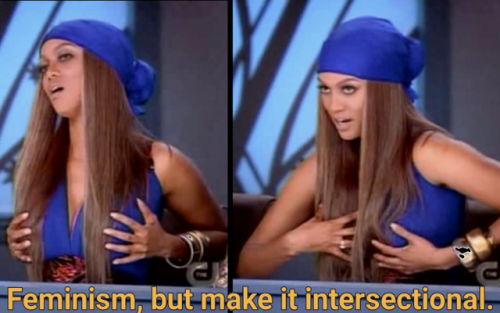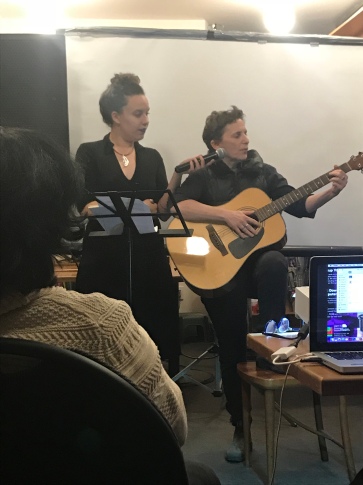
Taken from Tumblr user Tony the Tiger…it was too good not to post
Last night, we attended the final event for the of the ARTivism Lab Speakers Series: Laboratory of Feminist Memory Bar. Out of all of the events we attended, this was by far my favourite. It was so lively, fun, and broadened my horizons on fascinating, feminist artworks and the women (in this case) who created them. It was great to see some examples of feminist artworks and second-wave archival pieces brought to life by the many speakers at the event last night.

Photo from the Glad Day Bookshop Bar
I went in not knowing what to expect; I was thinking it was going to be structured along the lines of an installation event, where people would walk around to different “stations” and talk to different feminist artists about their work. I was pleasantly surprised by what I experienced because even though it was a complete 180 on what I imagined, it was still an amazing experience.
Going into the last speaker series, I was thinking of some of the ideas Marusya brought up in class about many Canadians not having access to second-wave feminism artifacts. Going back to Marusya’s article Big Affect: The Ephemeral Archive of Second- Wave Feminist Video Collectives in Canada, we know that there is a “significant body of feminist media work is largely unknown and unavailable to the general public, not to mention students, teachers, activists, curators, and a new generation of feminists,” (7).
This quote made me think about a lot of news and artifacts we’ve missed out on and certain events that have been hidden from us. For example, when Anna Willats was talking in the category of “Things Feminist Activists Wrote/Did When The Were Younger (Part 1)”, she explained the process her and her (then) partner had to go through to have a child. It was a time when queer parenthood was a very rare thing: there was no such thing as insemination clinics and you especially were not allowed to adopt. The process she talked about, having the men bring vial after vial to her and her partner for over a year until it was successful, was a truly captivating story and I would have never known about it if not for this experience.
Additionally, it was nice to see feminist remediation in Grace Lao’s presentation where she repurposed phrases she had heard from people and photos she’d seen from second-wave movements. One of the things I especially liked that she showed the poster about how “women should always be smiling” – I couldn’t count on one hand how many times i’ve been told, especially by a male, that I need to “smile more” and i’ll be “more endearing” with a grin. Just thinking of these comments make me roll my eyes.
The way the event was set up made me also remember something stated in the movie we watched in class, Sisters In The Struggle. Having “Things Feminist Activists Wrote/Did When The Were Younger (Part 1 & 2)” as well as ending off on Grace Lao’s remediation pieces reminded me of a moment in the movie where the women discussed the Black Lives Matter movement as their daughters. Showcasing strong women talking about the process they went through when battling second wave feminism (e.g., Lois Fine sharing a song she performed during the first pride parade) and Lao taking pieces and events from the past and showing them again was a nice way for me to tie all of these moments together.

Lois Fine singing a protest song
This event tied in everything I’d learned in the class and brought it to life, which was an amazing way to end the course!
Citations:
Marusya Bociurkiw. “Big Affect: The Ephemeral Archive of Second-Wave Feminist Video Collectives in Canada.” Camera Obscura, 2006, vol. 31, no. 3, pp 5-12.
Dionne Brand & Ginny Stikeman. “Sisters in the Struggle”. NFB, 1991. https://www.nfb.ca/film/sisters_in_the_struggle/